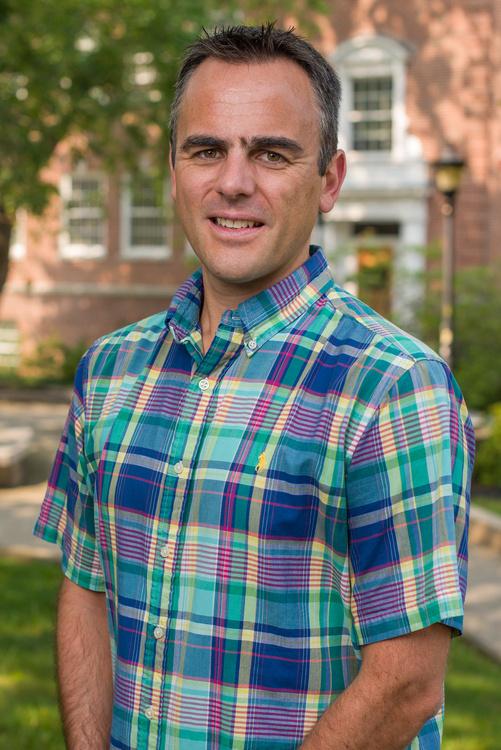On Monday, Adam Wymore, a research assistant from the University of New Hampshire talked about his work involving dissolved organic nitrogen and how he completed the total dissolved nitrogen ternary diagram.
A ternary diagram is a graph that compares three variables to each other. Wymore’s research completes this three way comparison by adding dissolved organic nitrogen data to the already understood relationship between Nitrate and Ammonia.
Dissolved organic nitrogen is carbon-fixed nitrogen produced by primarily biological processes. These account for thousands of different molecules in chemical ecology. Wymore and his team looked to recognize the role of these often neglected organic molecules into the inorganic nitrogen cycle.
His team used data from streams and watersheds from New Hampshire and Czechia to monitor the seasonal effects of dissolved organic nitrogen. He found evidence that dissolved organic nitrogen is used as an energy source and a nutrient in microorganisms and their role in the nitrogen cycle.
Using data correlating dissolved organic nitrogen levels to ammonium and nitrate, he was able to construct a ternary diagram for the three variables. Wymore used nearly 20 years of watershed data to support his findings.
In attendance were several other natural resource science professors, students and University of Rhode Island President Marc Parlange.
The meeting concluded with a Q&A where President Parlange and several URI professors asked questions about Wymore’s findings. He began to speculate possible ways his findings could be used and directions for further research. One issue is isolating and describing dissolved organic nitrogen to measure it in samples, Wymore said.
“The type of nitrogen coming into the system matters,” Wymore said. “They all react and have different consequences for our ecosystems specifically for water quality.”
His research revolves around how these types of nitrogen get into water and the implications they have, according to Wymore’s research.
This presentation was put on by natural resource science professor Laura Meyerson as part of a series of talks in search of a new professor in the department. Meyerson is currently acting as chair of the search committee and has been at URI since 2005 as a research professor.
“We are searching for a new watershed ecologist in natural resource science,” Meyerson said. “I invited the students to come and attend all three lectures for extra credit.”
The process to find a candidate for this position had many steps including many paper applications, reviews of previous research and interviews.
“We then did interviews that whittled it down to three,” Meyerson said. “They may be your next professor.”
Meyerson mentioned a specific interest in Wymore’s work on volatiles, which she has studied previously.
Wymore and Meyerson weren’t the only accomplished natural resource scientists in the room., President Parlange is a very involved president, and that he is really curious and well-informed as a highly publicized and very accomplished hydrologist himself, Meyerson said.
“I personally invited him knowing that he is an expert in this field and he could come and meet all of the candidates and give us insight into their record and research,” Meyerson said.
Aquatic and life sciences continue to be a marquee feature of the University as a research institution, especially at the Narragansett Bay Campus and Graduate School of Oceanography. Programs and coursework continue to evolve to this day.





